Cleaning a marble countertop in the bathroom requires a delicate touch to preserve the beauty of this elegant and luxurious material. Marble, known for its natural veining and timeless appeal, demands specific care to maintain its pristine condition. In this exploration, we’ll delve into the steps and considerations involved in cleaning a marble countertop in the bathroom, ensuring that it remains a stunning focal point in your living space.
To begin the cleaning process, start by removing any loose debris or dust from the marble surface. A soft, clean cloth or a gentle brush can be used for this purpose. This initial step prevents scratches and abrasions during the subsequent cleaning stages.
When it comes to marble, it’s crucial to avoid acidic or abrasive cleaners. Acidic substances, such as vinegar or lemon juice, can etch the surface of the marble, while abrasive cleaners may cause scratches. Instead, opt for a pH-neutral, stone-safe cleaner specifically designed for marble surfaces. These cleaners effectively remove dirt and grime without harming the delicate structure of the marble.
For everyday cleaning, a mixture of mild dish soap and warm water is often sufficient. Combine a few drops of dish soap with warm water, dampen a soft cloth or sponge in the solution, and gently wipe down the marble countertop. This helps remove surface dirt and keeps the marble looking clean without compromising its integrity.
In the case of more stubborn stains on a marble countertop, a poultice can be an effective solution. A poultice is a paste-like substance that helps draw out and absorb stains from the porous marble surface. Commercial poultice products are available, or you can make a DIY poultice using a combination of baking soda and water. Apply the poultice to the stained area, cover it with plastic wrap, and let it sit overnight. This method is particularly useful for dealing with discoloration from substances like red wine or coffee.
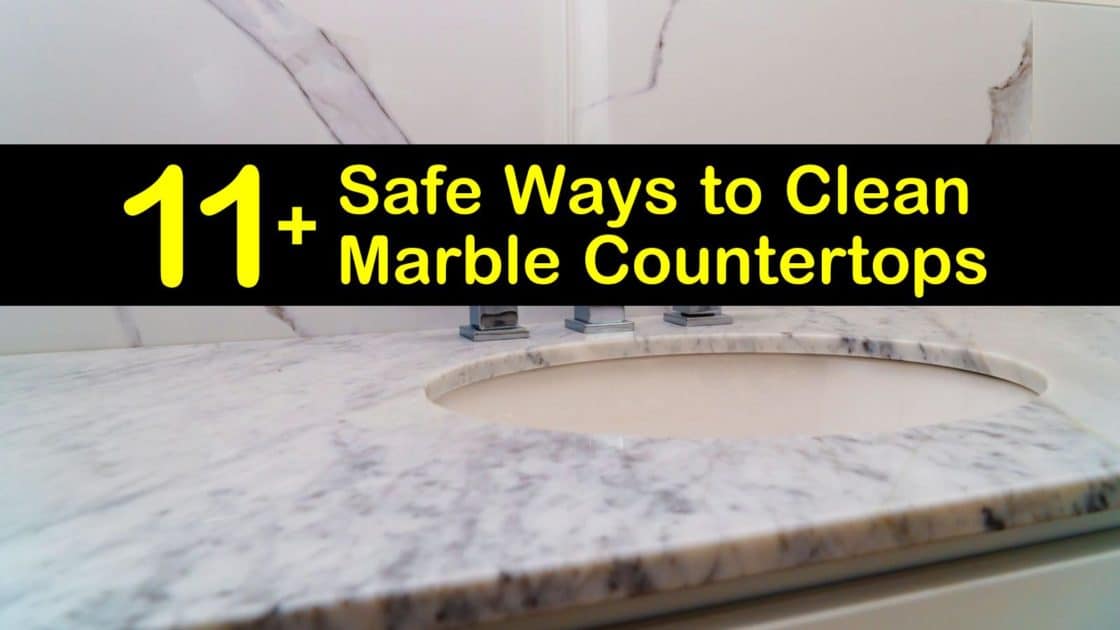
Avoid using abrasive scrubbers or scouring pads, as they can scratch the marble. Instead, stick to soft cloths, sponges, or non-abrasive brushes when cleaning. This gentle approach ensures that the marble remains free from scratches, maintaining its smooth and polished appearance.
Marble countertops are susceptible to water spots, so it’s essential to dry the surface thoroughly after cleaning. Use a clean, dry cloth to remove any remaining moisture and prevent water spots from forming. This step not only contributes to the countertop’s aesthetics but also helps prevent mineral deposits that may be present in tap water.
In areas with hard water, where mineral deposits are common, it’s advisable to use distilled or purified water for cleaning marble countertops. This reduces the risk of mineral buildup over time, which can detract from the natural beauty of the marble.
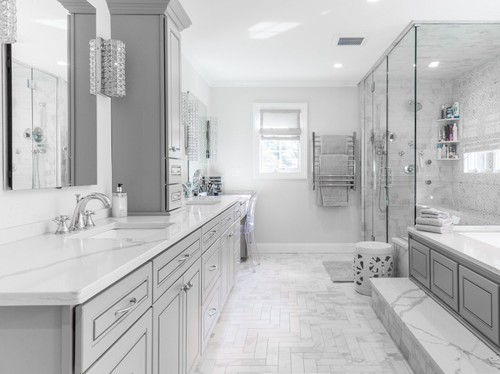
Sealing is a critical aspect of marble countertop maintenance. While not a cleaning step per se, sealing creates a protective barrier that helps prevent stains and damage. Depending on the type of sealer used, the frequency of resealing may vary, but it is generally recommended to reseal marble countertops annually to maintain their protective qualities.
It’s essential to address spills promptly to prevent staining on marble countertops. Acidic substances, such as citrus juices and wine, can leave lasting marks if not cleaned promptly. Blot the spills with a soft, absorbent cloth rather than wiping, as wiping may spread the substance and potentially cause further damage.
Avoid placing hot items directly on the marble surface, as extreme heat can cause thermal shock and lead to cracks or discoloration. Always use trivets or heat-resistant pads to protect the marble from direct contact with hot cookware or styling tools.
Regularly inspect the marble countertop for any signs of damage, such as chips or cracks. If any issues are identified, it’s crucial to address them promptly to prevent further deterioration. Consulting with a professional if significant damage occurs ensures that the appropriate restoration methods are applied.
In households with hard water, mineral deposits may accumulate on the marble surface over time. These deposits can be gently removed using a mixture of water and a mild stone-safe cleaner. Applying the solution with a soft cloth and gently rubbing the affected areas can help dissolve and remove mineral deposits without damaging the marble.
For daily maintenance, consider using coasters under beverages and trays or mats in high-traffic areas to protect the marble countertop from potential scratches and stains. This preventive approach contributes to the long-term preservation of the marble’s beauty.
Cleaning a marble countertop in the bathroom involves a careful and gentle approach to maintain its exquisite appearance. By using pH-neutral cleaners, addressing stains with poultices, and adopting preventive measures, you can ensure that your marble countertop remains a stunning and timeless addition to your bathroom. Regular inspection, prompt spill cleanup, and proper sealing contribute to the longevity of the marble, allowing you to enjoy its natural beauty for years to come.
How To Clean Marble Countertops u0026 Bathroom Vanities Without
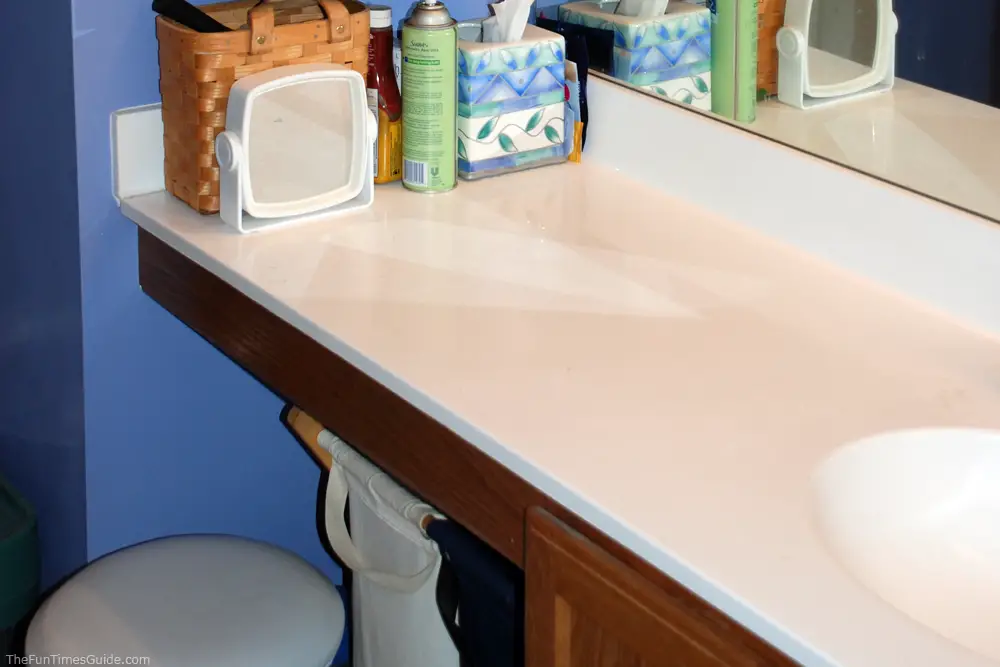
How to Clean Marble Countertops (with Pictures) – wikiHow

How to Remove Stains from Cultured Marble Sinks and Shower Surrounds Ep. 80

How to Clean White Marble in Your Bathroom – Unique Vanities
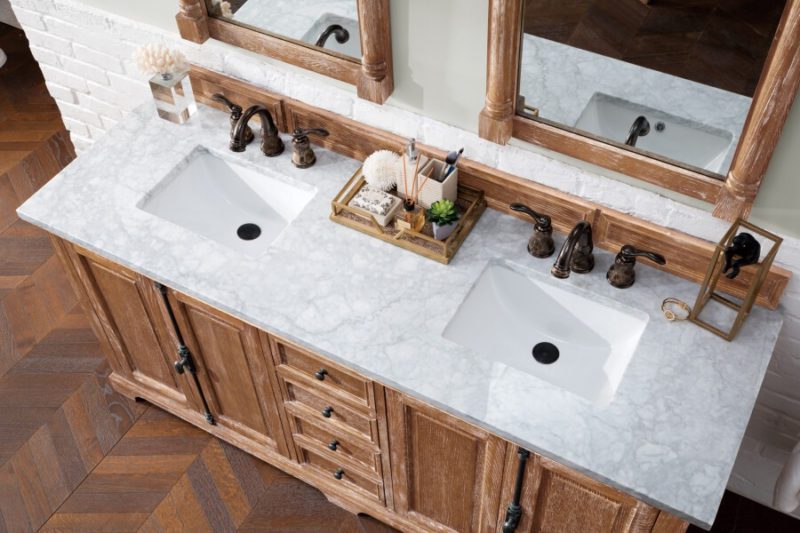
How To Clean Marble Countertops u0026 Bathroom Vanities Without
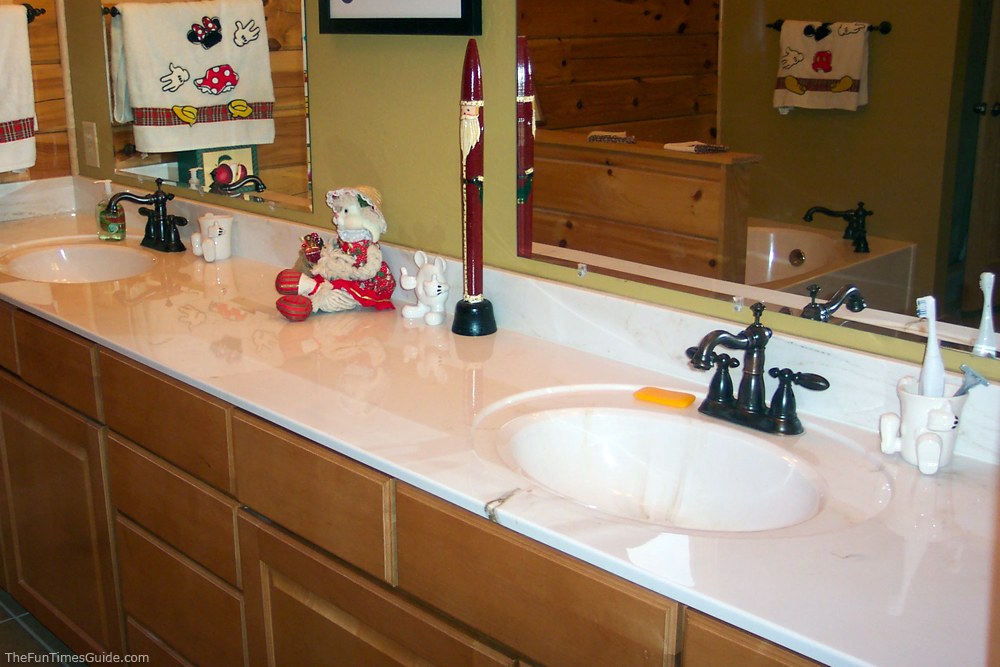
How to Clean Cultured Marble Countertops – Simple Green

How to Clean White Marble in Your Bathroom – Unique Vanities
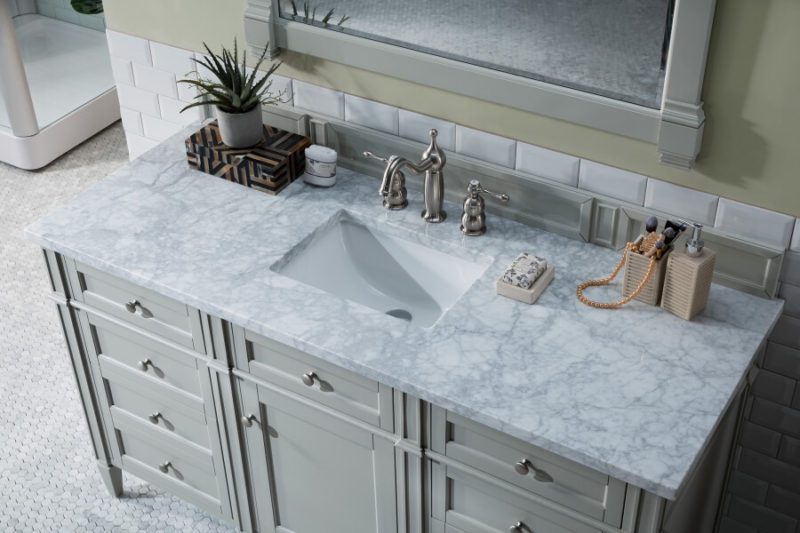
Marble Tile in a Bathroom: Would I Do It Again?! – Driven by Decor
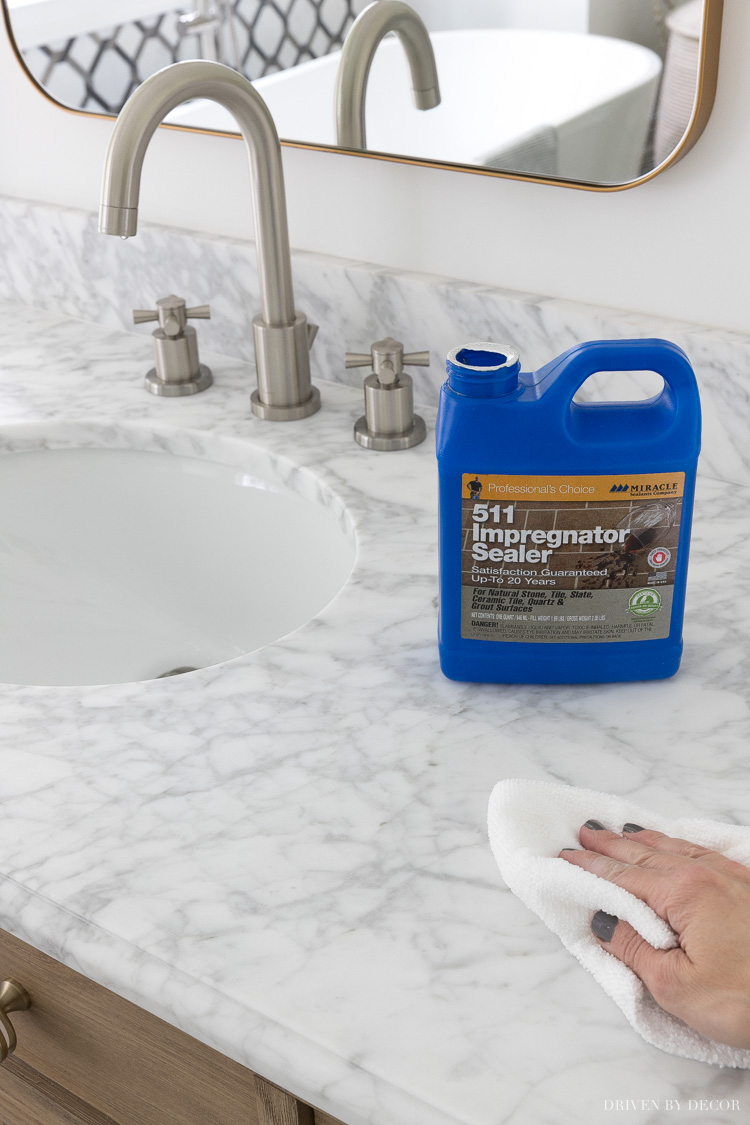
Related articles:
- DIY Refinishing Cultured Marble Countertops
- Marble Countertops In Bathrooms
- Cultured Marble Countertops
- Gray Kitchen Cabinets Marble Countertops
- Modern Kitchen Marble Countertops
- Refinish Cultured Marble Countertop
- Carrara Marble Countertops Bathroom
- Marble Countertops Types
- How To Refinish Marble Countertops
- White Gray Marble Countertops